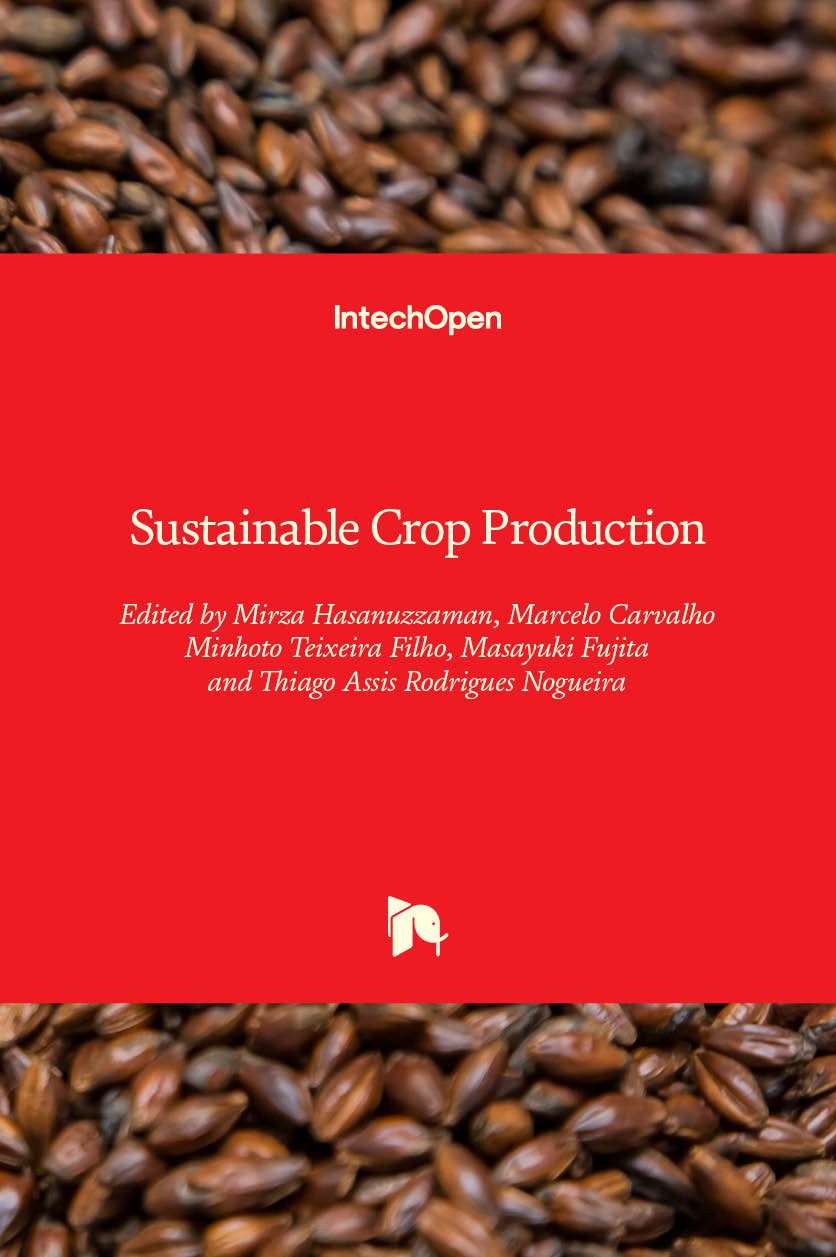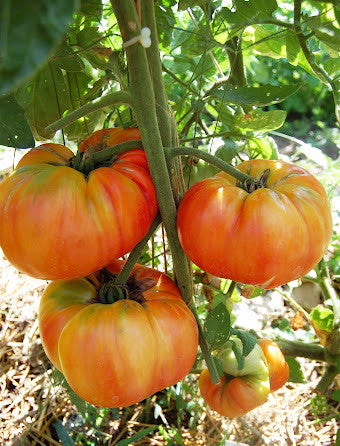catjac1975
Garden Master
- Joined
- Jul 22, 2010
- Messages
- 9,052
- Reaction score
- 9,284
- Points
- 397
- Location
- Mattapoisett, Massachusetts
I had no idea you could keep bees alive through your winter. I had read that people bought them every year for just the season. How wonderful.We’re experiencing a week of warmish weather right now with temps in the high 30’s so i strolled out to the bee hives for a look. I raked the usual group of dead guys from the entrance of the “flower hive (standard langstroth). I wont chance a real look for another couple month’s. The “tree hive” surprised me as while i was raking some of them out of the mouth i noticed a couple live ones moving about. This surprises me for a couple reasons, first of all that they’d be hanging at the entrance in pre 40 deg weather and that they are still so low in the column, this late in the year. Both reasons for elation. It’s still way too early to make a viable prediction but im hopeful they’ll make it thru!





